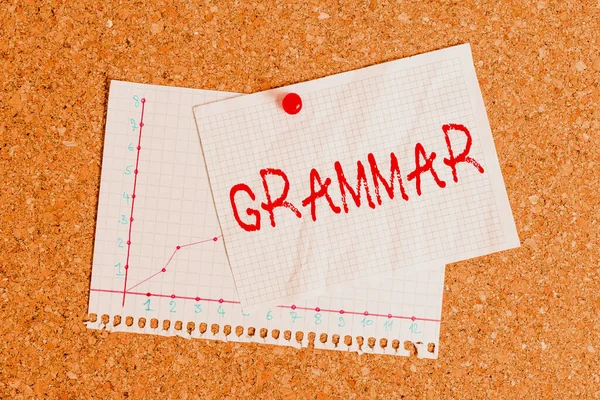Inflection of Nouns in German

Inflection of Nouns in German.Contrary to the notion that nouns remain static, they can change in form depending on context, showcasing the language’s adaptability and richness. Inflecting nouns reveals new layers of meaning, allowing speakers to convey ideas with precision that might otherwise be lost in translation.

Explanation about Inflection of Nouns in German
- Gender: German nouns are categorized into three genders: masculine (der), feminine (die), and neuter (das). The gender of a noun can affect its inflected form, especially in the case of adjectives describing it.
- Number: Nouns can be singular or plural. The formation of plural in German can vary and might involve adding “-en”, “-e”, “-er”, or sometimes even altering the vowel (Umlaut). For instance:
- Mann (man) becomes Männer (men).
- Frau (woman) becomes Frauen (women).
- Case: German operates with a system of four grammatical cases which impact the inflection of nouns, pronouns, and adjectives:
- Nominative (Nominativ): This is the subject of a sentence.
- der Mann (the man)
- Accusative (Akkusativ): Often the direct object or the receiver of an action.
- den Mann (the man, when he’s receiving an action, e.g., Ich sehe den Mann – I see the man.)
- Dative (Dativ): Indicates the indirect object.
- dem Mann (to/for the man, e.g., Ich gebe dem Mann ein Buch – I give the man a book.)
- Genitive (Genitiv): Expresses possession.
- des Mannes (of the man, e.g., Das Buch des Mannes – The book of the man.)
- Nominative (Nominativ): This is the subject of a sentence.
Examples for using Inflection of Nouns in German
| Case | German Singular | English Singular | German Plural | English Plural |
|---|---|---|---|---|
| Nominative | der Hund | the dog | die Hunde | the dogs |
| Accusative | den Hund | the dog | die Hunde | the dogs |
| Dative | dem Hund | to/for the dog | den Hunden | to/for the dogs |
| Genitive | des Hundes | of the dog | der Hunde | of the dogs |
In conclusion, our comprehension of noun inflections amplifies our capacity to use language as an effective tool for thinking, communicating, and innovating.



























